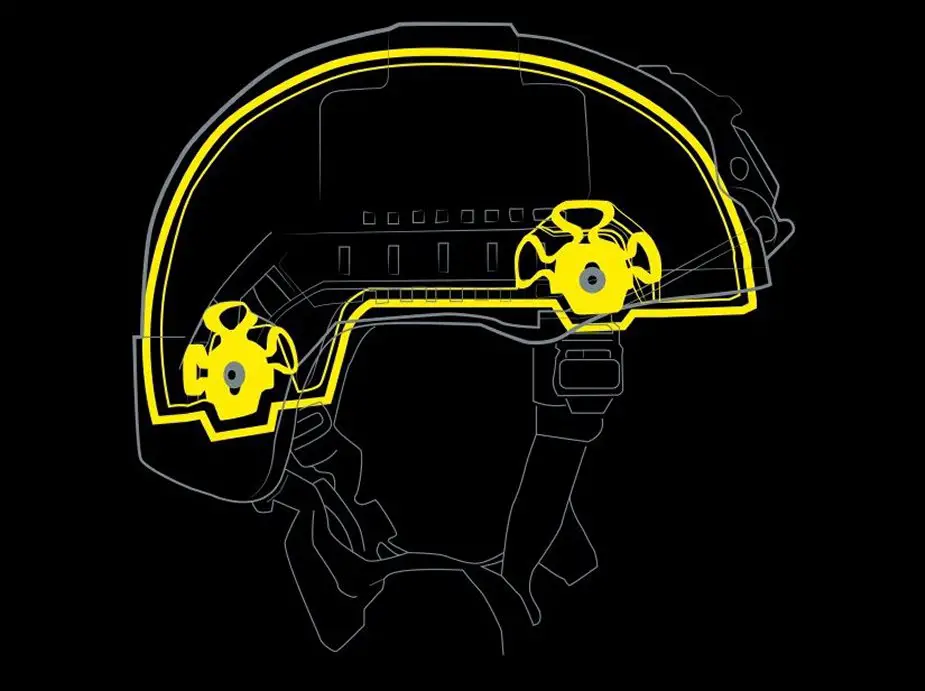Breaking news
MIPS developing brain protection system for law enforcement and armed forces.
MIPS, the leading brain safety system company, has begun work on brain protection system for military and law enforcement helmets that helps protect against rotational motion resulting from angled impacts to the head. This system, based on two decades of research and testing at the The Royal Institute of Technology (Stockholm, Sweden), would not inhibit a helmet's ability to protect from projectiles, shrapnel, and other material, but would add a special layer to abate certain motions and potentially prevent injuries like concussions, DAI (Diffuse Axonal Injury) and subdural hematoma from blunt impacts.

MIPS' brain protection system (Picture source: MIPS)
In the 1990s, neurosurgeon Dr. Hans Van Holst would see patients in his operating theater suffering serious brain injuries while cycling, skiing, horseback riding and motorcycling. It became clear that helmets weren't protecting the brain as much as they were the skull. Along with biomechanist Peter Halldin, both scholars developed a special helmet layer that would rotate omnidirectionally, under intense pressure, and within milliseconds of an impact, in order to reduce shearing forces on the brain as the head rotates in a crash.
The MIPS system is built on the idea that the rotation of the brain, relative to the skull, creates a tearing of the brain tissue, potentially leading to hematoma, edema, and concussions. By creating a low friction layer inside the helmet, the helmet mimics the body's own cerebrospinal fluid, creating a suspension where the rotational motion is reduced. Twenty years later, the team behind MIPS has published several peer-reviewed papers on the medical and biomechanical efficacy behind this technology and MIPS-equipped helmets can be found throughout 60 brands in the cycling, snow, equestrian and powersports categories.
"We at MIPS are committed to offering the best in brain safety protection," says Johan Thiel, CEO of MIPS. "With over 20 years of research, testing, and development, we want to bring the resulting technology to bear on those who put their lives on the line to protect ours." MIPS has developed an iteration of its low friction layer technology for use in ballistic helmets and is currently accelerating that work to meet the design challenges specific to law enforcement and armed forces personnel.


























